 Numedal is a valley, nestled in the belly of Norway, on route between Oslo and Bergen, with an enormous variety of excellent ingredients and products. This is a valley where culture, history, tradition and food collide. A gem; hidden among the towering mountains, lush forests, and winding rivers. Summertime brings a handful of activities which highlight the area’s natural environment, creativity and people. One of these events brings together a variety of food producers and artisans from the valley to entice locals and visitors alike. Now on it’s fourth year, the Numedal Matfestival is an annual two-day event featuring a local food market, cafe and pub, concerts, food courses, competitions and a nightly creative restaurant headed by a group of young chefs.
Numedal is a valley, nestled in the belly of Norway, on route between Oslo and Bergen, with an enormous variety of excellent ingredients and products. This is a valley where culture, history, tradition and food collide. A gem; hidden among the towering mountains, lush forests, and winding rivers. Summertime brings a handful of activities which highlight the area’s natural environment, creativity and people. One of these events brings together a variety of food producers and artisans from the valley to entice locals and visitors alike. Now on it’s fourth year, the Numedal Matfestival is an annual two-day event featuring a local food market, cafe and pub, concerts, food courses, competitions and a nightly creative restaurant headed by a group of young chefs.
Here is the first part of the festival – the day’s activities – which I’d like to share with you. It’s the heart of the festival, where local food and local producers are showcased.
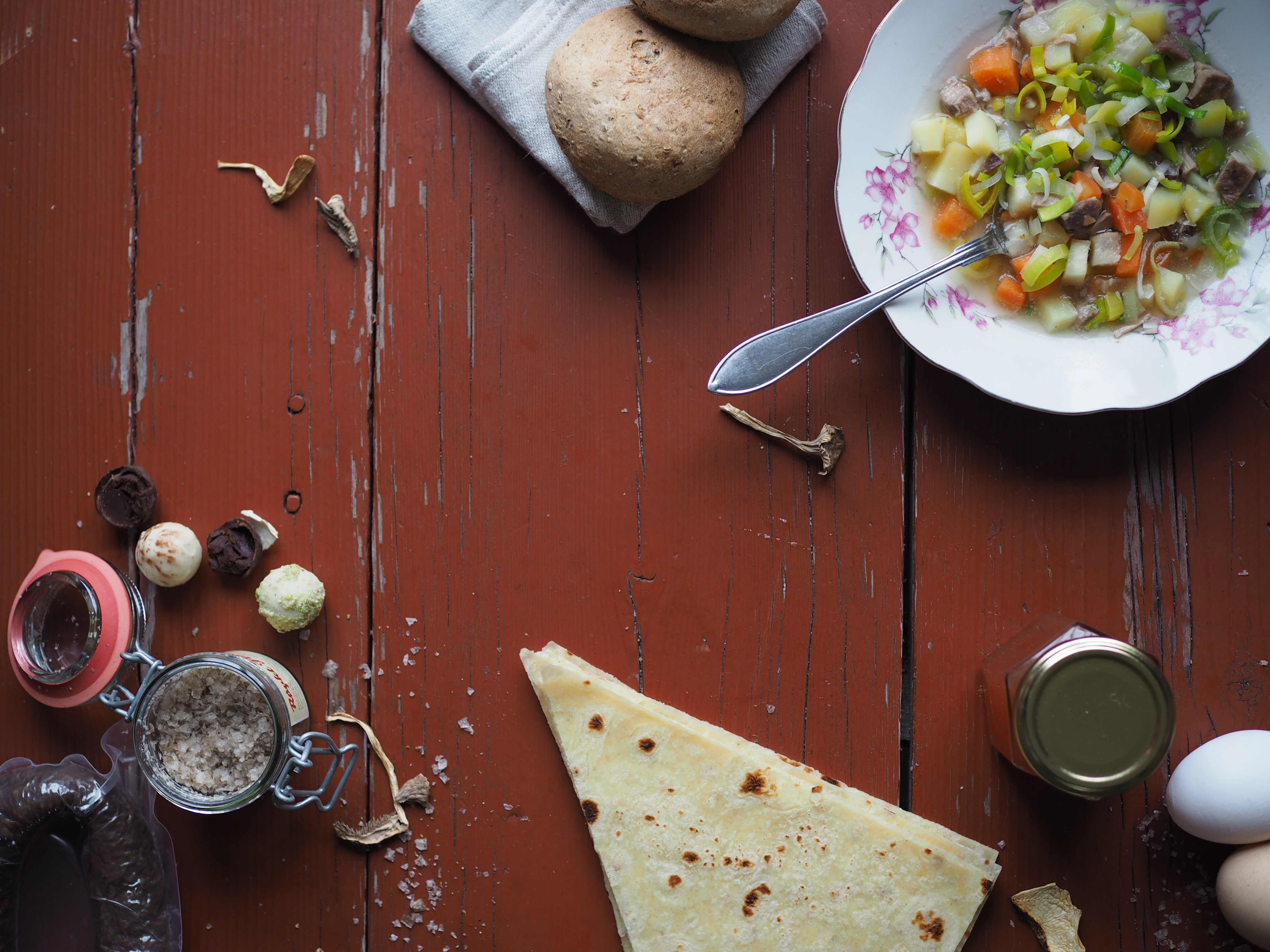





 Sankthans, or Midsummer, is a celebration of both folklore and Christianity in Norway and across Scandinavia. An old tradition of celebrating the summer solstice which then blended into a newer tradition of commemorating the birth of John the Baptist. While in Norway the name still reflects the Christian view of the day (St Hans), it is the non-Christian elements, such as the midsummer bonfire, which has held fast over the years. And while less and less Norwegians celebrate this day, it still is seen as a welcome to the arrival of summer.
Sankthans, or Midsummer, is a celebration of both folklore and Christianity in Norway and across Scandinavia. An old tradition of celebrating the summer solstice which then blended into a newer tradition of commemorating the birth of John the Baptist. While in Norway the name still reflects the Christian view of the day (St Hans), it is the non-Christian elements, such as the midsummer bonfire, which has held fast over the years. And while less and less Norwegians celebrate this day, it still is seen as a welcome to the arrival of summer.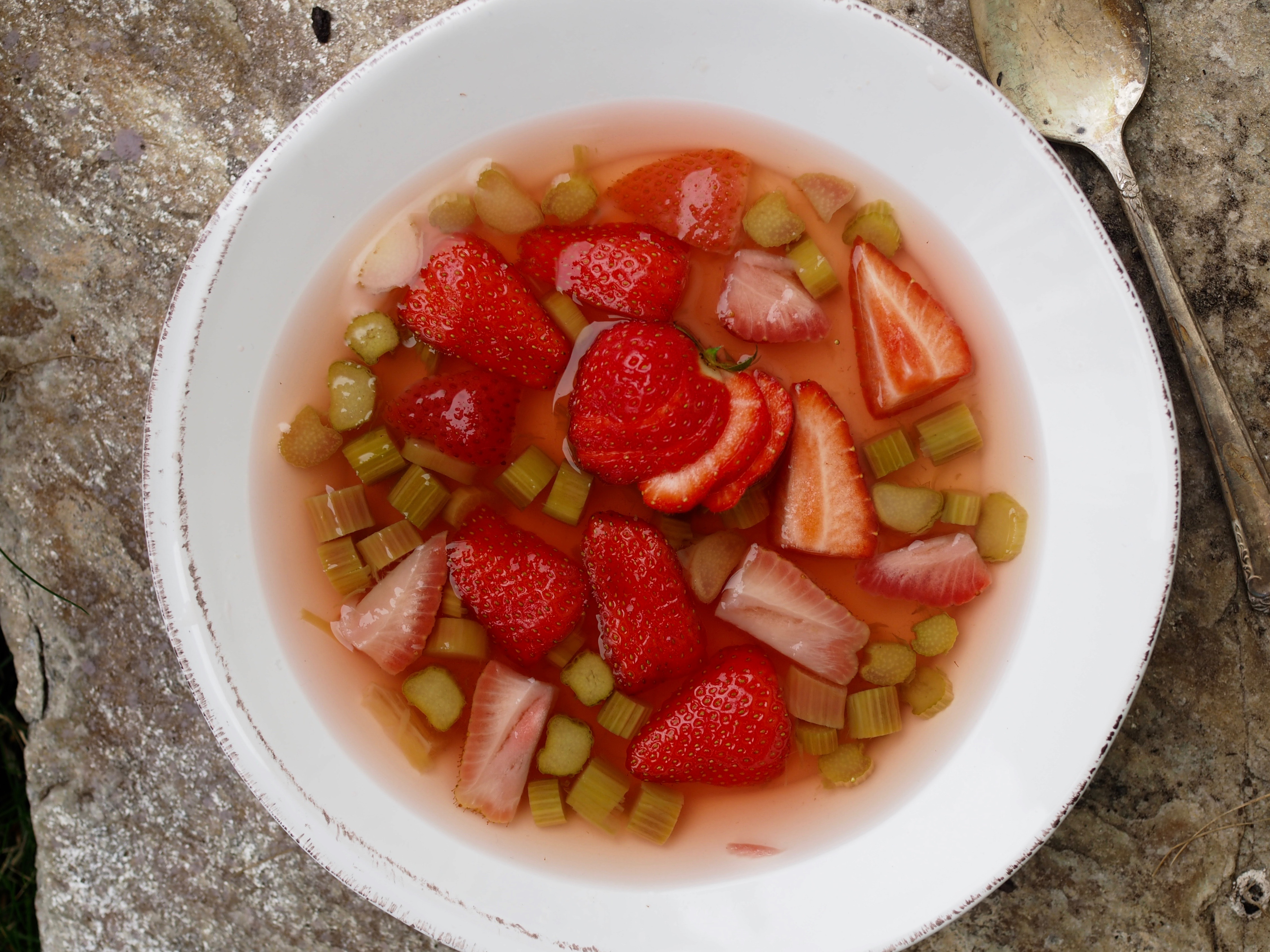
 Today is the longest day of the year for those living north of the equator. The summer solstice. A day when the sun seems to stand still; when the earth is actually farthest away from the sun. It arrives just days prior to the celebration of Sankthans in Norway, or Midsummer. And this year, there will also be a full moon, making it quite a special occurrence.
Today is the longest day of the year for those living north of the equator. The summer solstice. A day when the sun seems to stand still; when the earth is actually farthest away from the sun. It arrives just days prior to the celebration of Sankthans in Norway, or Midsummer. And this year, there will also be a full moon, making it quite a special occurrence.

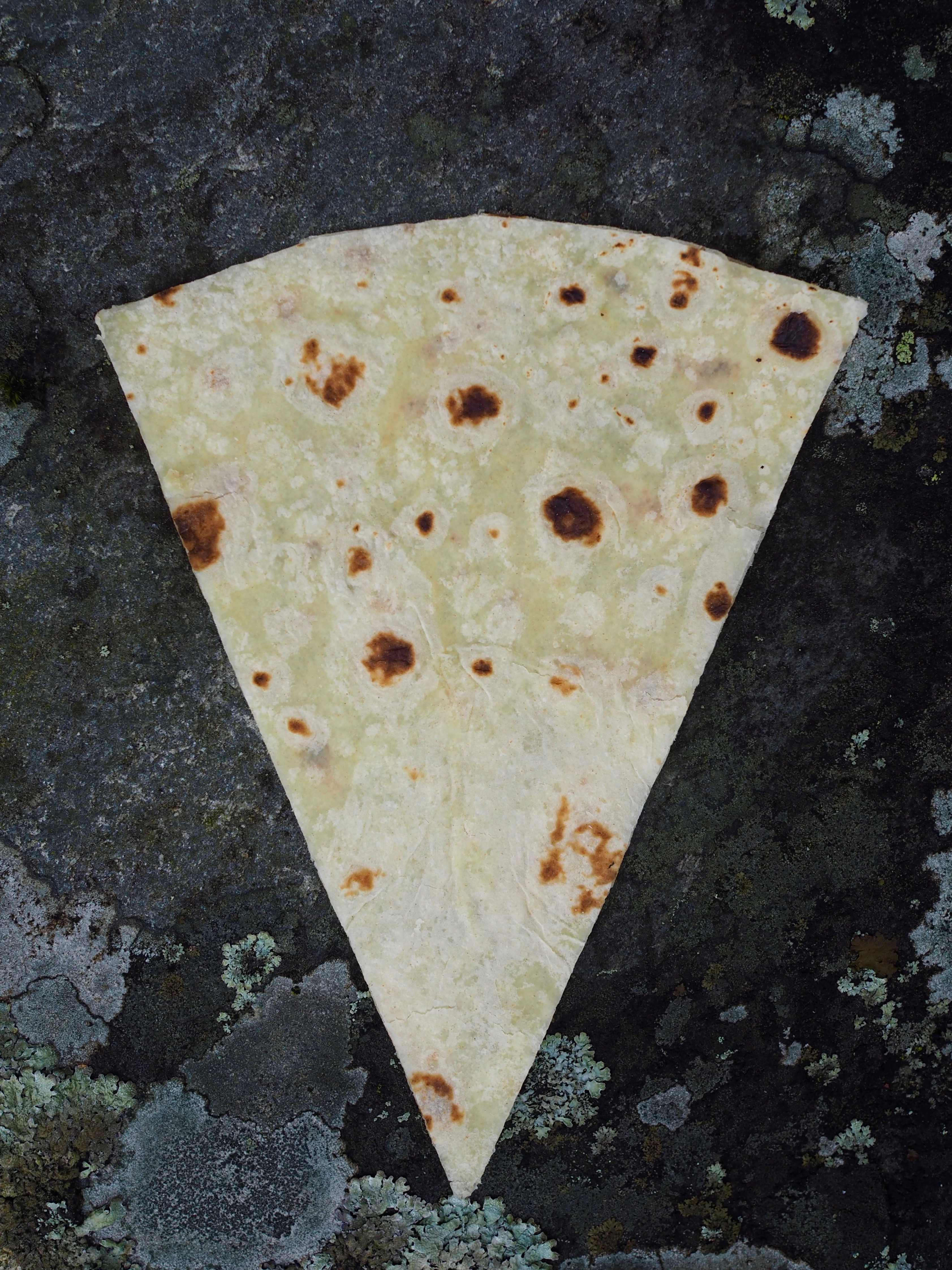

 My second visit to
My second visit to 

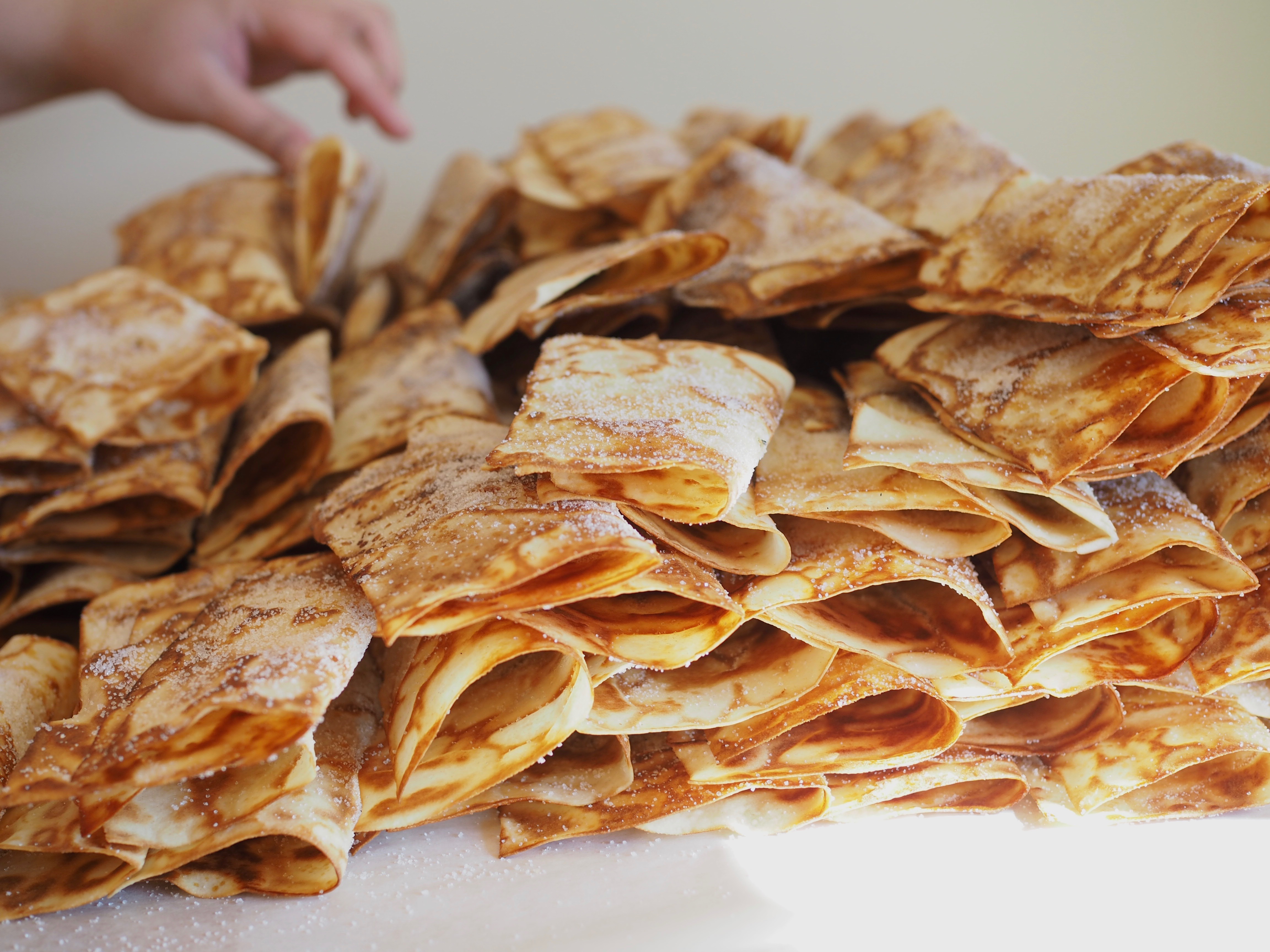

 It’s 9.00am when I pass through the open doors of the old barn, overlooking a valley carving its way through the mountainous terrain of Uvdal, Norway. The sun peaks through the grey clouds which have left morning dew on the yellow flowers popping around the well-worn farm. There is a cool breeze, which is welcome in the Uvdalsleiven kitchen, where the takke (griddle) reigns as it exerts its heat in every corner of the room. It’s temperamental. The colder it is inside, the higher its temperature must be. The hotter it is, the lower its temperature. And so it is with the takke, the surroundings effecting it in a way that only an experienced baker can instinctively master. Like a barista, the baker must constantly be in control and make adjusts to produce a quality product. And here at Uvdalsleiven, you can immediately see the symbiotic relationship which creates so much harmony in the kitchen.
It’s 9.00am when I pass through the open doors of the old barn, overlooking a valley carving its way through the mountainous terrain of Uvdal, Norway. The sun peaks through the grey clouds which have left morning dew on the yellow flowers popping around the well-worn farm. There is a cool breeze, which is welcome in the Uvdalsleiven kitchen, where the takke (griddle) reigns as it exerts its heat in every corner of the room. It’s temperamental. The colder it is inside, the higher its temperature must be. The hotter it is, the lower its temperature. And so it is with the takke, the surroundings effecting it in a way that only an experienced baker can instinctively master. Like a barista, the baker must constantly be in control and make adjusts to produce a quality product. And here at Uvdalsleiven, you can immediately see the symbiotic relationship which creates so much harmony in the kitchen. 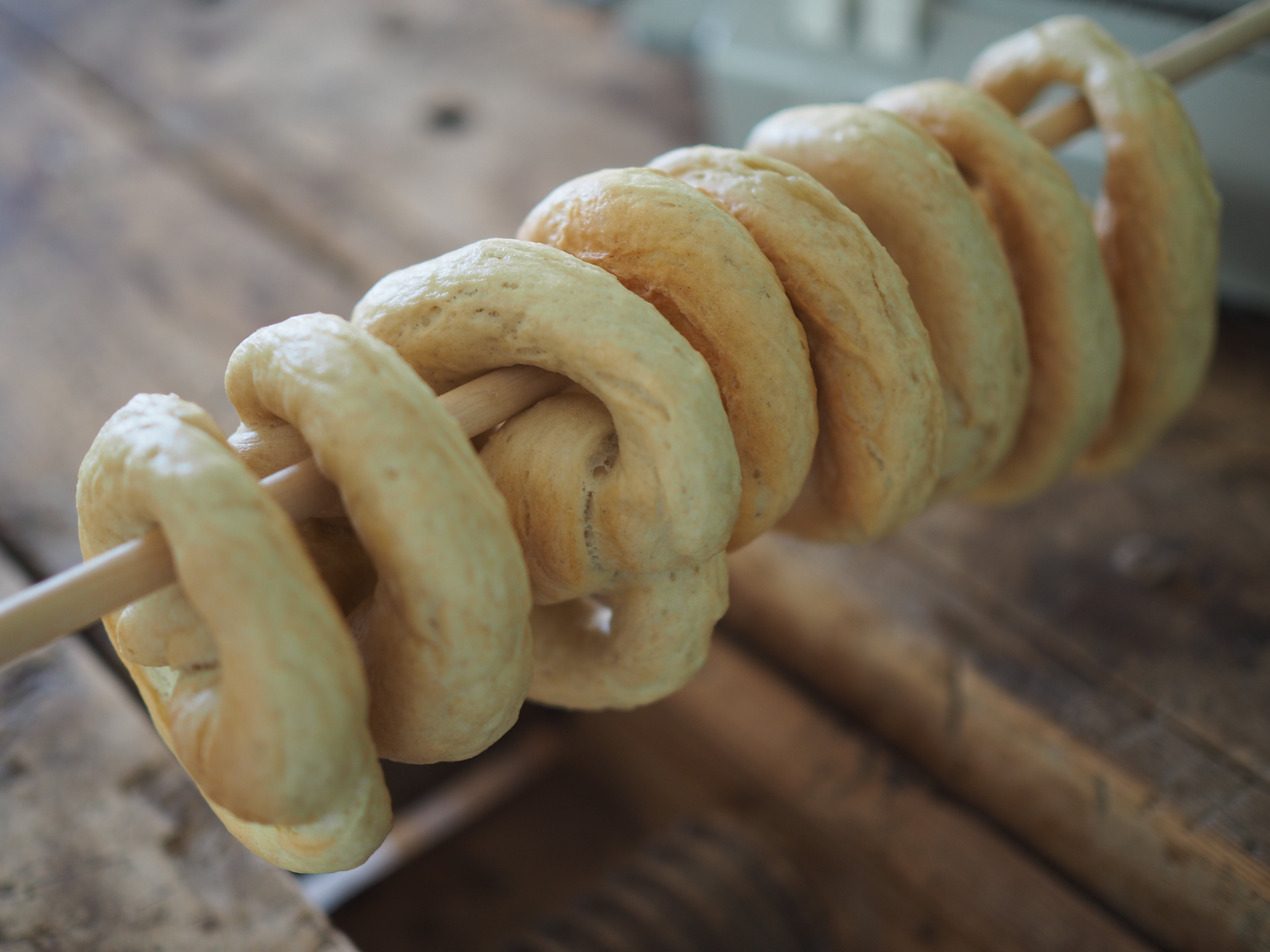

 Kringler. Nordic pretzels of various forms of sweet, salty, filled, crispy and soft. But one kringle stands out as one of the most well-known in Norway and it hails from Bergen. It also happens to be a permanent fixture on the 17 Mai (Grunnlovsdag) table, as it finds its place alongside spekemat (cured meats) and rømmegrøt.
Kringler. Nordic pretzels of various forms of sweet, salty, filled, crispy and soft. But one kringle stands out as one of the most well-known in Norway and it hails from Bergen. It also happens to be a permanent fixture on the 17 Mai (Grunnlovsdag) table, as it finds its place alongside spekemat (cured meats) and rømmegrøt.